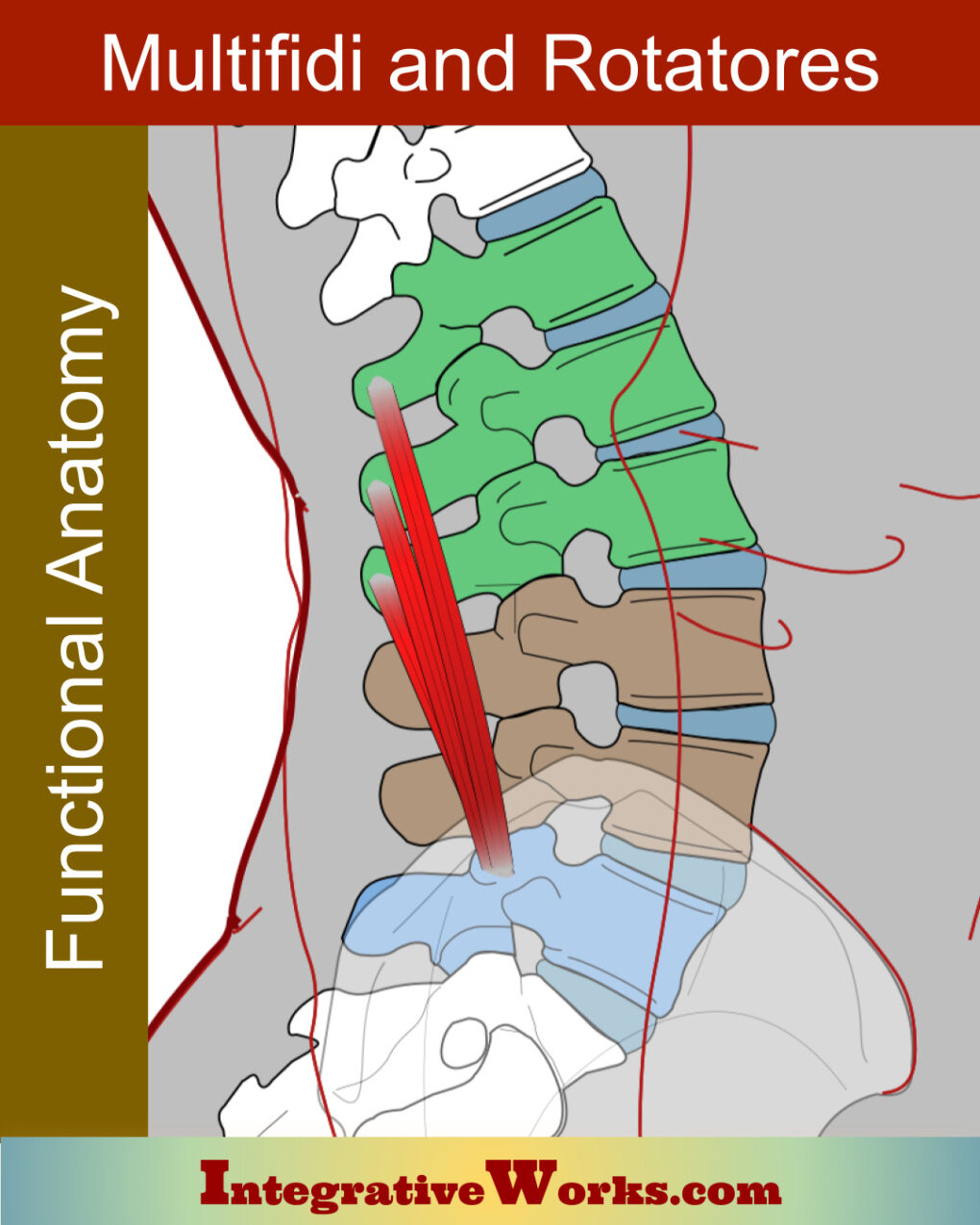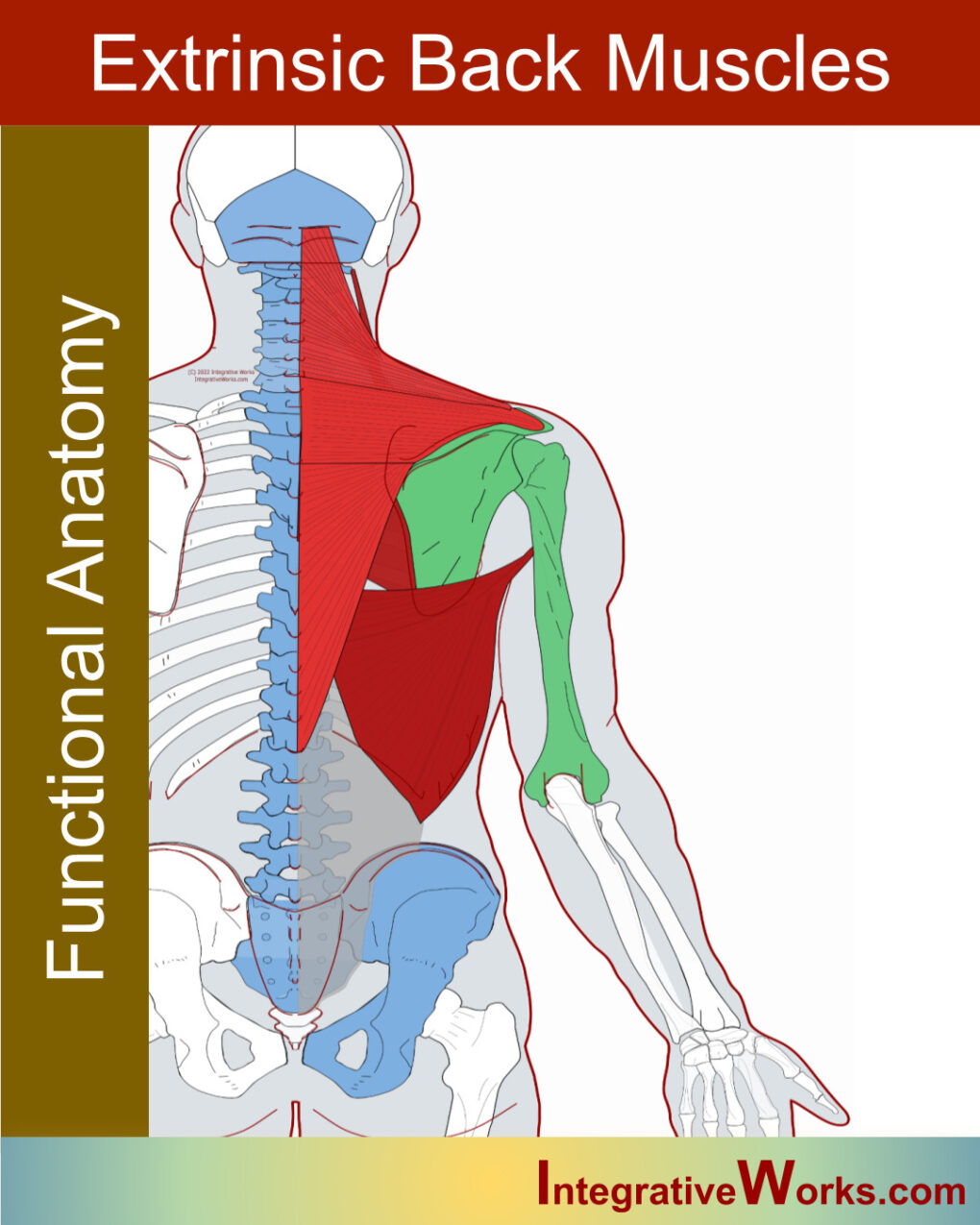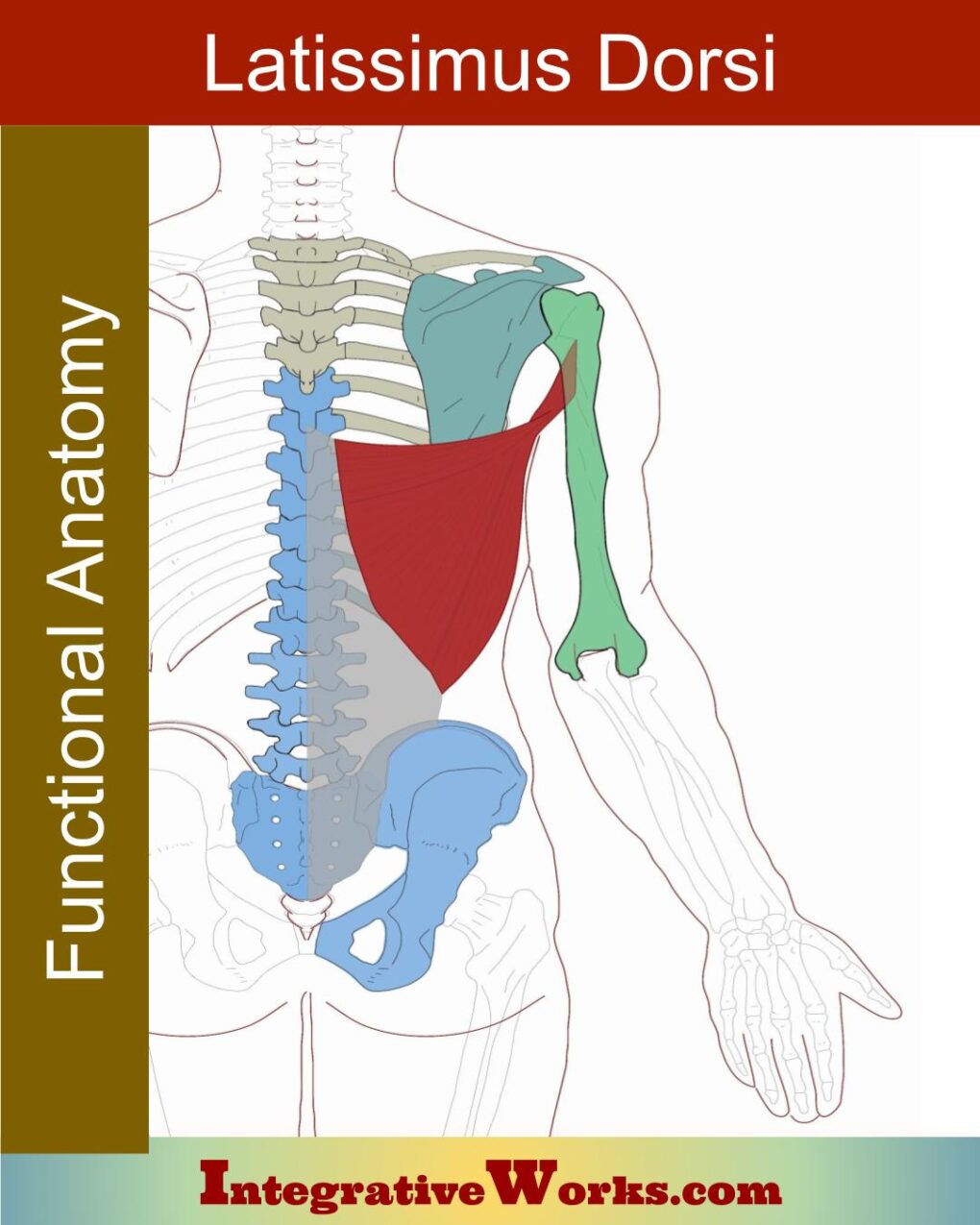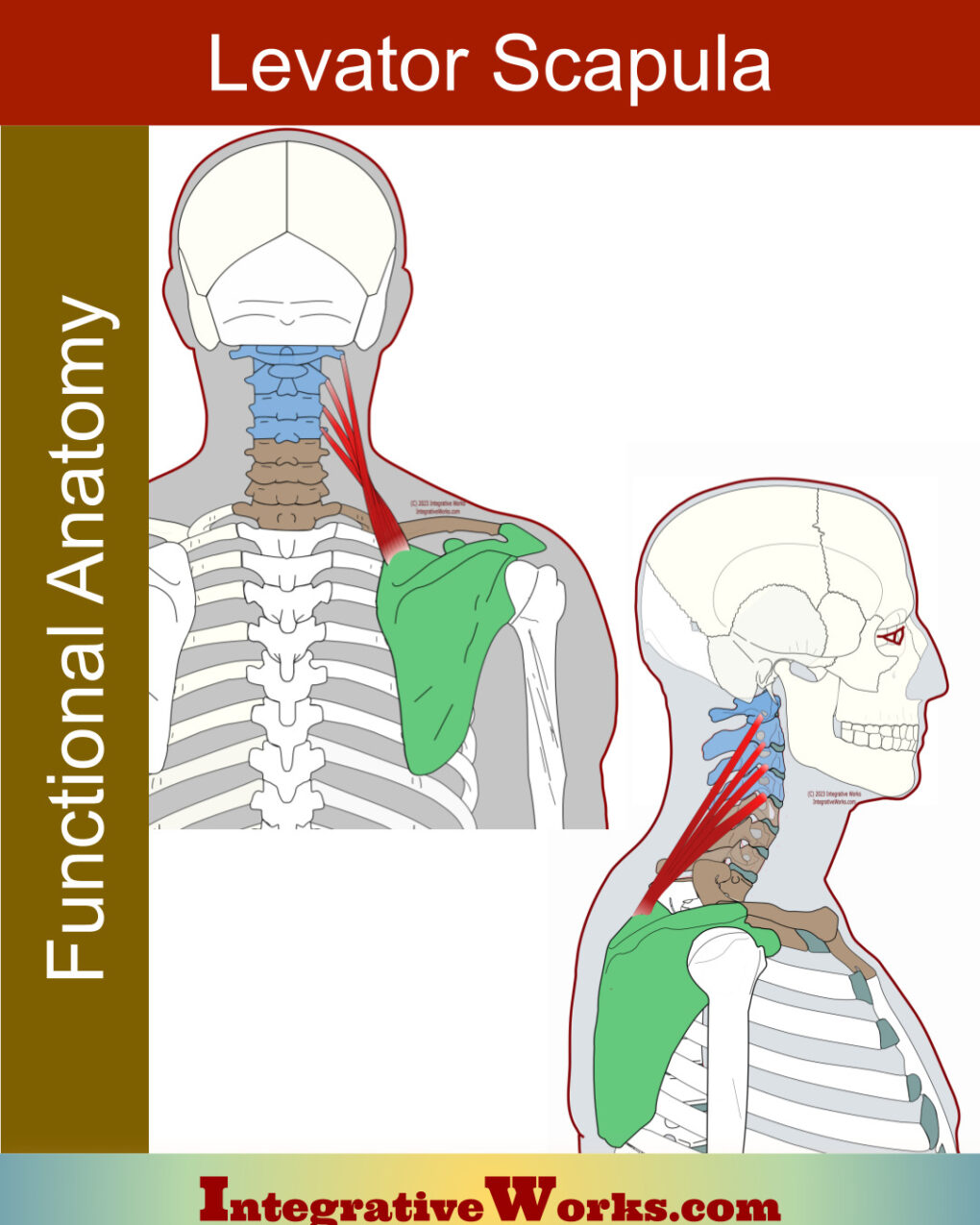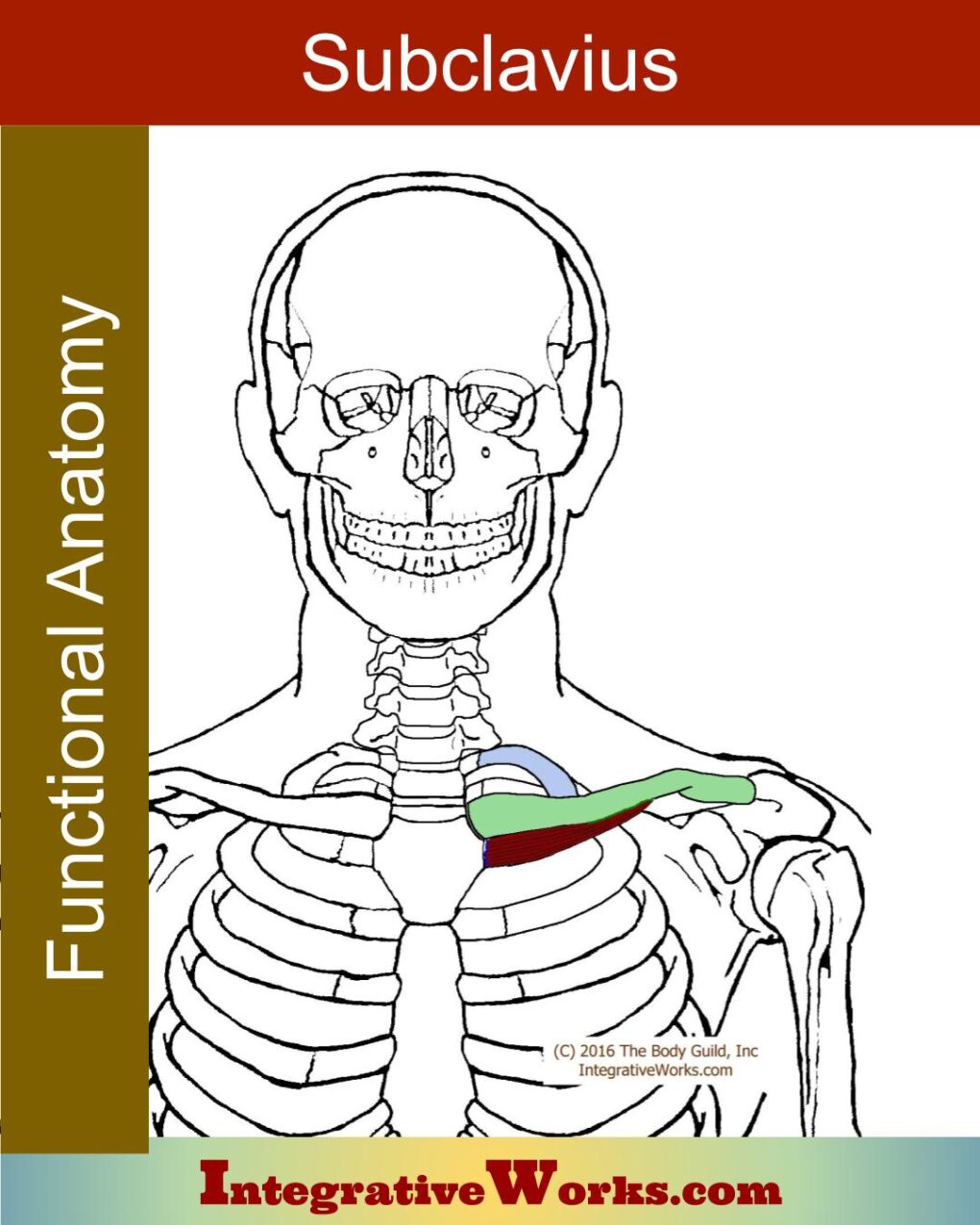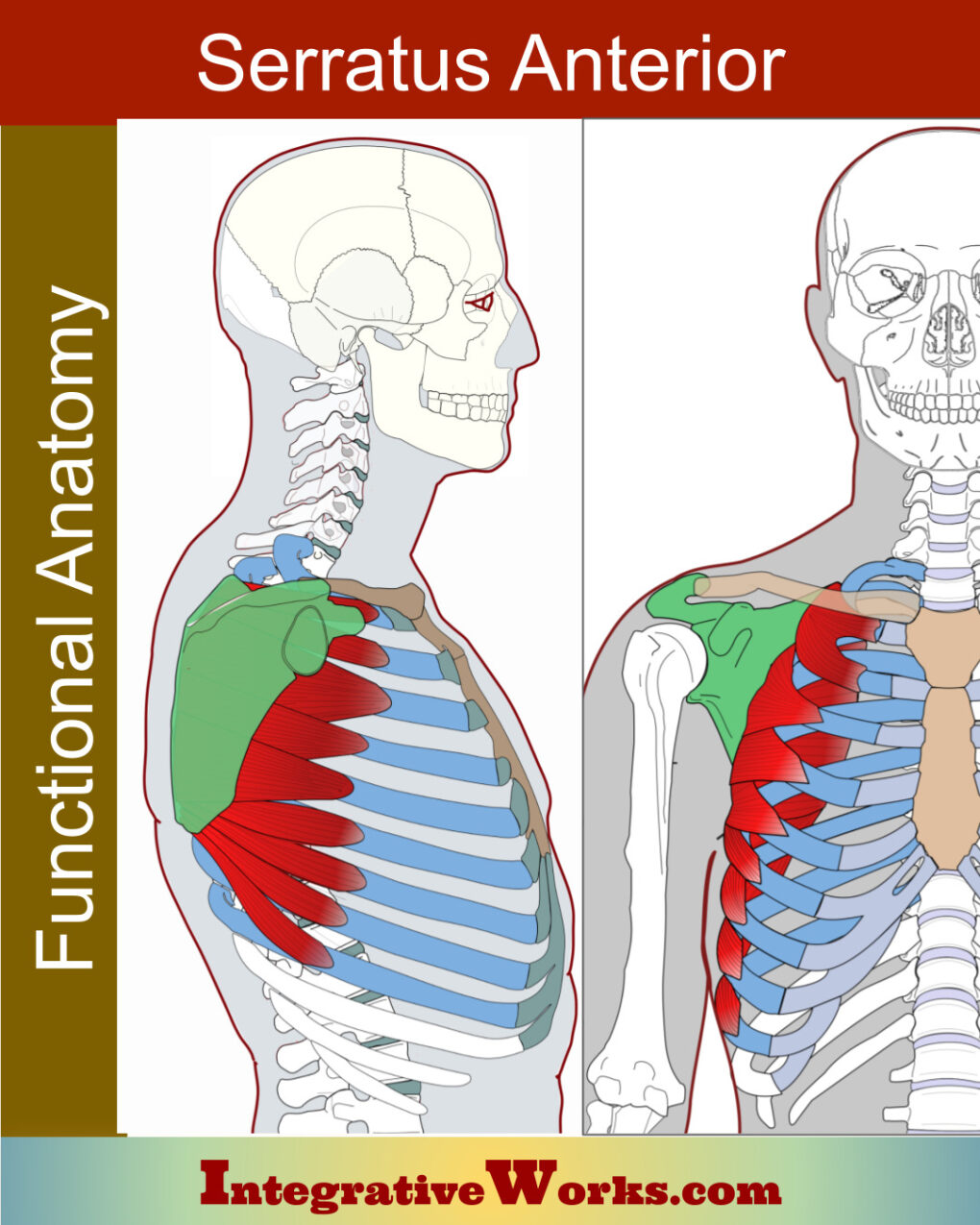Rotatores and Multifidi – Functional Anatomy
Multifidi and Rotatores The anatomy studies and illustrations of the multifidus and rotatores vary a great deal. In general, They anchor near the base of the transverse process of a vertebra. Then, strands of muscle extend to spinous processes of the five vertebrae above them. There are exceptions to that generalization. Overall Structure Multifidi and […]

